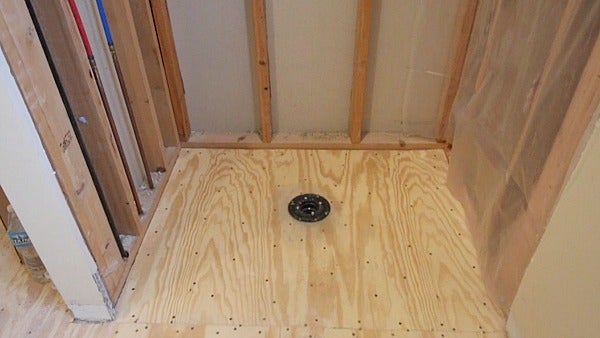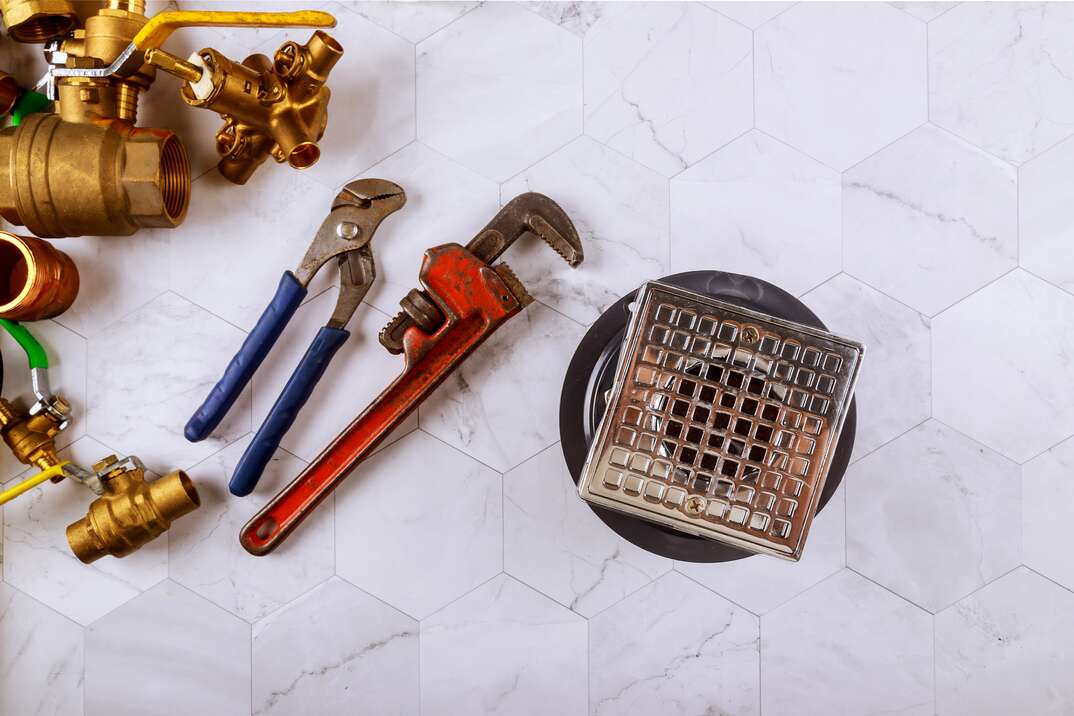Taking Charge of Drainage System Installation On Your Own
Taking Charge of Drainage System Installation On Your Own
Blog Article
This post which follows in relation to How to Install or Replace a Shower Drain is exceedingly remarkable. Check it out for yourself and decide what you think of it.

Updating a washroom is just one of the more popular home improvement projects. Handling the plumbing for draining your shower can be exceedingly simple unless you overdo.
Managing Your Own Shower Drain Installation Task
Whether you are a bath tub or shower person, the majority of people search for shower just choices when purchasing a residence. This basic fact suggests more than a couple of property owners invest a weekend updating or installing showers in their shower rooms. Fortunately for you, it is a relatively simple process.
An enthusiast or pan refers to the straight surface area situated at the bottom of the shower. The enthusiast typically consists of a non-slip surface area slightly banked in the direction of the center or any place the drainpipe is located. Integrated with three to four inch wall surfaces around the side, the goal of your shower drainage plumbing is to obtain the water to move to as well as down the drain.
You can literally build a collection agency for your new shower, however you actually require to think about it. Do you really wish to enter the issues of getting the sloping right, not to mention making sure every element of it is waterproof? And I mean every aspect! It is much easier to just buy a pre-cast collection agency online or at your regional Lowes, Home Depot or equipment store. Building one might sound like a great concept, however you will most likely feel in a different way after a couple of hours.
Despite how you deal with getting a pan, you should make every effort to use one that has the drainpipe located in the exact same spot as the initial pan. Relocating the drain pipes can be a task, particularly if the contractor utilized a distinct framing structure. If you are determined to relocate the drainpipe, you are going to have to reduce the pipeline or lengthen it, which may suggest ripping up large portions of the floor. Put another way, you are mosting likely to be checking out a multiple weekend task.
Assuming we have our drain lined up, the real link is rather simple. The drain pipe should be encountering vertical approximately the collector. It will typically appear like a "U", which indicates it functions as a cleanout to keep nasty smells from coming back up from the drain. To attach the drainpipe, you are mosting likely to produce a water tight connection in between a drain cap on the top of the pan as well as the drainage pipe. Systems vary, but you are normally mosting likely to do this by placing a coupling piece on the top of the drainage pipeline. This is after that covered with gaskets and also actually screwed into the drain cap. The drainpipe cap must function as a locknut, to wit, it screws straight onto the coupling.
The tricky part of this procedure is getting your drainpipe cap to suit a watertight placement in the pan. This is completed by withdrawing the drainpipe cap when you are sure whatever fits together. At that point, you placed plumbing technicians putty around the bottom of the cap and after that screw it back on. The putty needs to form a tight seal in between the cap and also the shower pan, which keeps water from dripping under it and also into the framing under the shower.
Certainly, washroom showers can be found in a wide variety of styles these days. If you buy a collection agency, they usually included plumbing directions or the shop can note anything unusual you should know. It sounds complex, however is typically rather easy. Have a good time!
Tips for Installing a Shower Drain Assembly
Renovating a bathroom can be exciting as well as fulfilling if you’re tackling the job DIY-style. After you cross off the bigger decisions such as tile style, paint colors, and fixtures, you’ll need to finalize smaller details – such as the shower drain. In this article, we’re sharing some tips for selecting and installing the right drain assembly for your updated shower.
What is a shower drain assembly?
Shower bases or pans typically only come with a pre-drilled drain hole. Since the pan slopes toward the drain, you should consider the placement – left, center, or right – when designing your shower. You’ll need to purchase and install a shower drain assembly that connects the shower pan to the drain pipe underneath the shower. There are a few types of assemblies, which will be covered below.
Size of a shower drain
When it comes to installing drains, size matters. The recommended pipe size for a shower drain is 2 inches, whereas most tubs use 1.5-inch pipes. Why the difference?
Shower pans are shallower than tubs, so there’s a higher risk for overflow. So, the larger pipe allows for quicker draining. If you are replacing an old tub with a newer stand-up shower, you will need to make additional plumbing adjustments to accommodate the 2-inch pipe.
Types of shower drain assemblies
There are three common types of shower drain assemblies: compression shower drain, solvent-glue shower drain, and tile shower drain. The layout, design, and materials of your shower can determine which type of shower drain assembly will work best.
Compression shower drain
This type of assembly attaches to the drain pipe with compression washers and nuts. The drain fitting is typically installed into the base, and then the base is installed into the bathroom floor. This makes compression-style drains easier to install than other options, particularly if you don’t have easy access from the floor under the shower base. Drains are available in a wide range of materials such as PVC (polyvinyl chloride), ABS (Acrylonitrile Butadiene Styrene), and brass, and can be used for acrylic, fiberglass, and steel shower bases.
Solvent-glued shower drain
Made of either polyvinyl or ABS, this type of shower drain is sealed to the drain pipe with solvent glue and silicone. Since you’ll be working underneath the drain pan, we only recommend using this type of drain if you have access under the shower, such as from a basement or crawlspace. It’s also important that you match the type of plastic of the drain with the drainpipe. If you take these precautions, you can install a solvent-glued drain assembly with acrylic, fiberglass, and steel shower bases.
Tile shower drain –
Drain assemblies for custom tile showers feature a waterproof membrane liner placed between two flanges. The tile is installed on top of the liner, collecting any water that seeps through the porous grout. A metal strainer is installed in line with the tile over the drain.
https://www.epshawaii.com/blog/tips-for-installing-a-shower-drain-assembly/

As a reader on How to Install a Shower Drain, I assumed sharing that excerpt was worthwhile. Loved our write up? Please share it. Let other people check it out. I praise you for your time. Come back soon.
Report this page